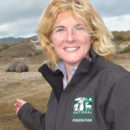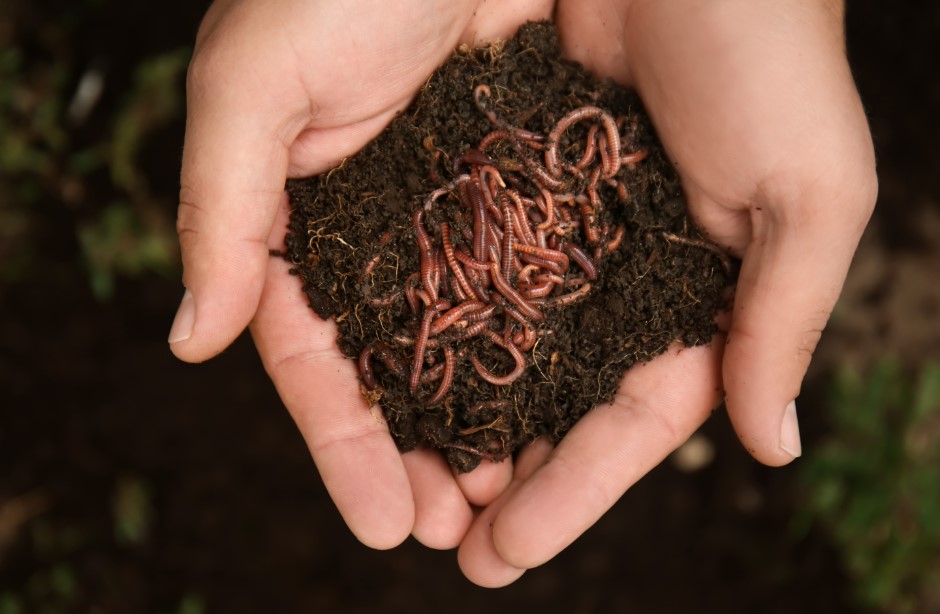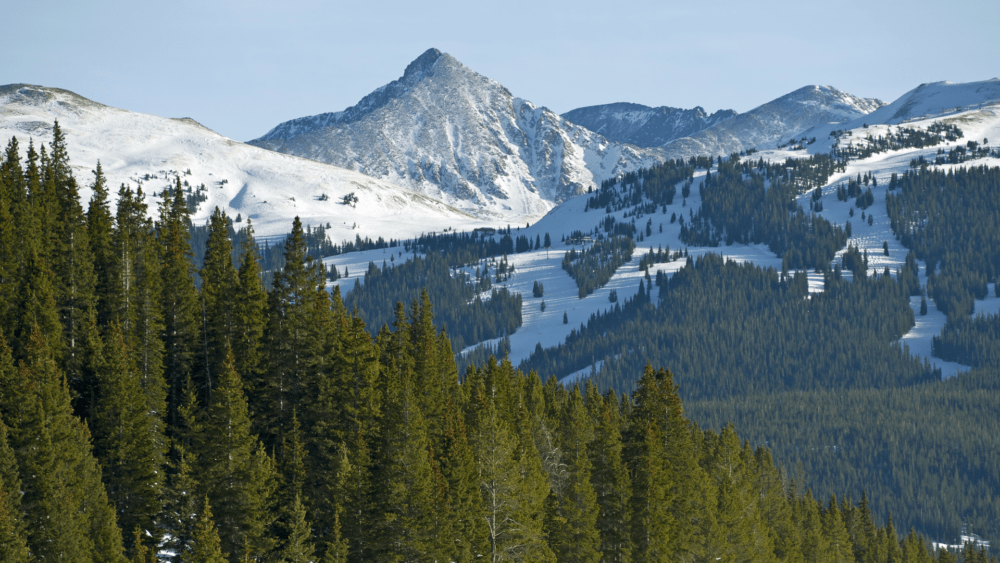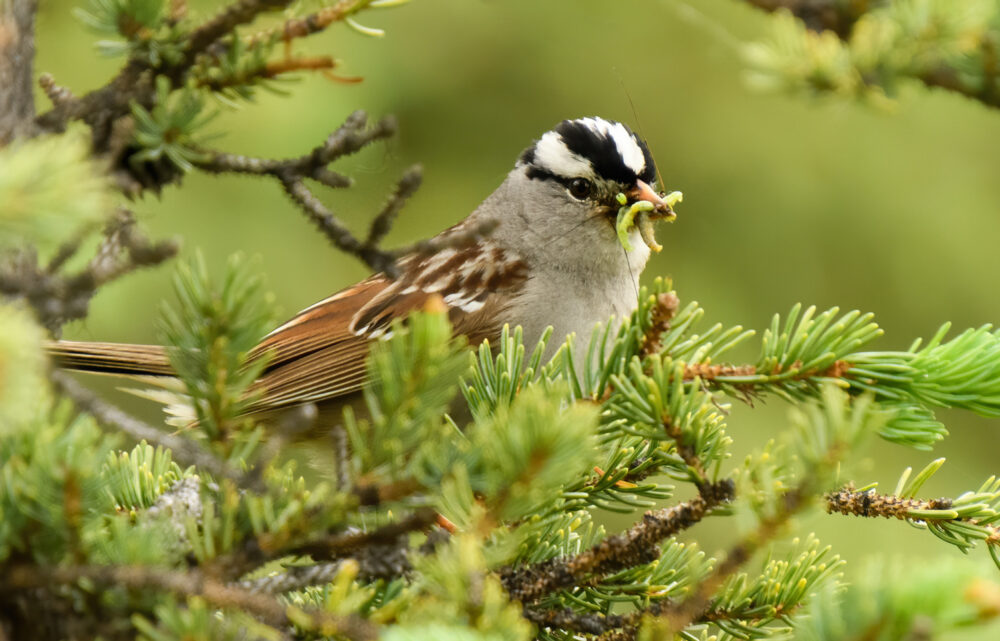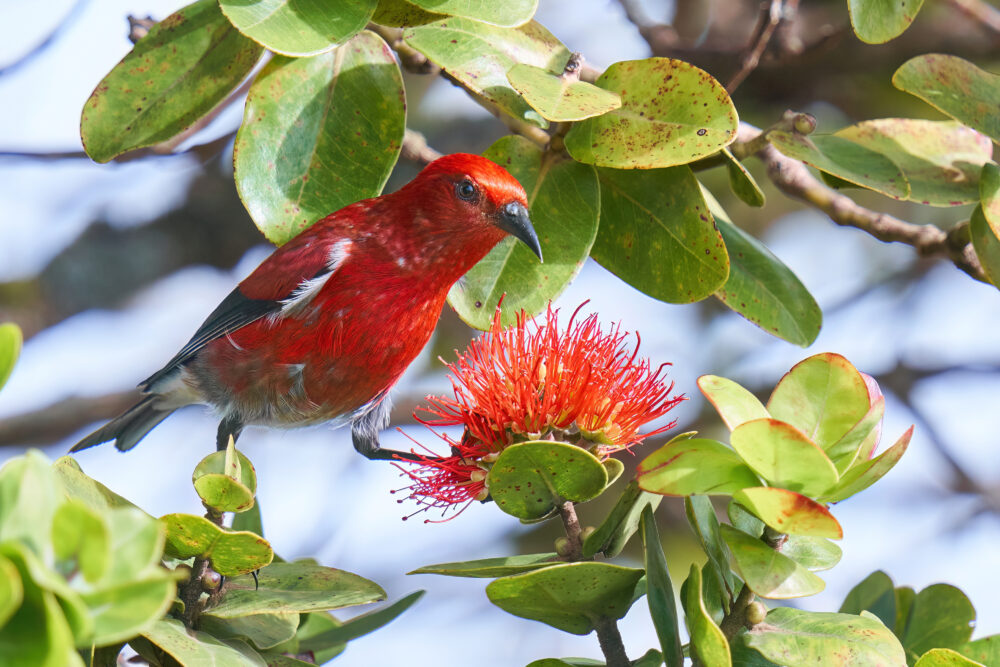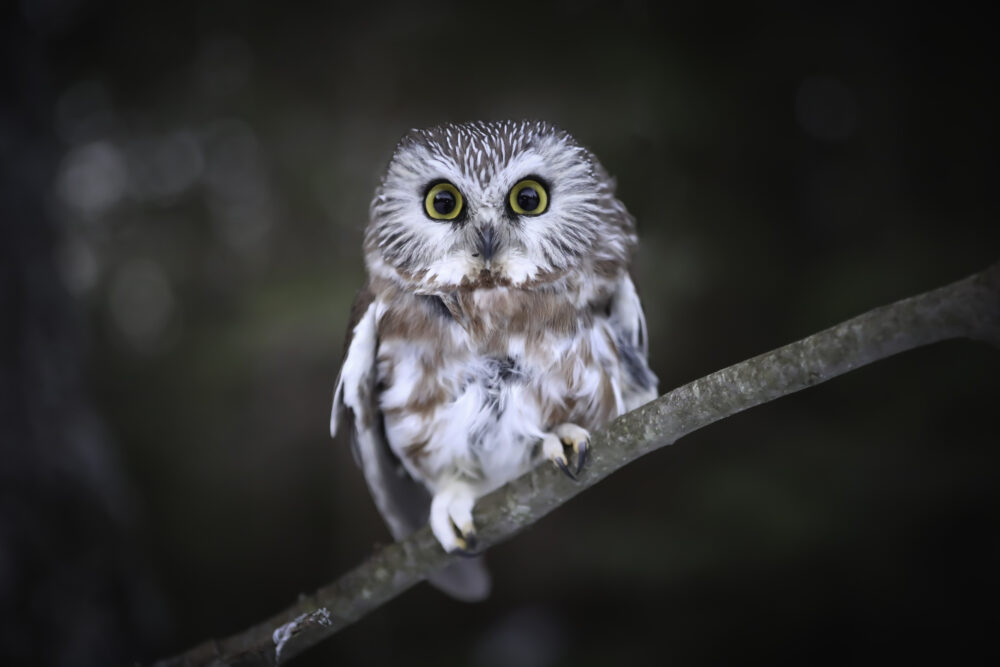We have much more to do and your continued support is needed now more than ever.
Speaking of Bears
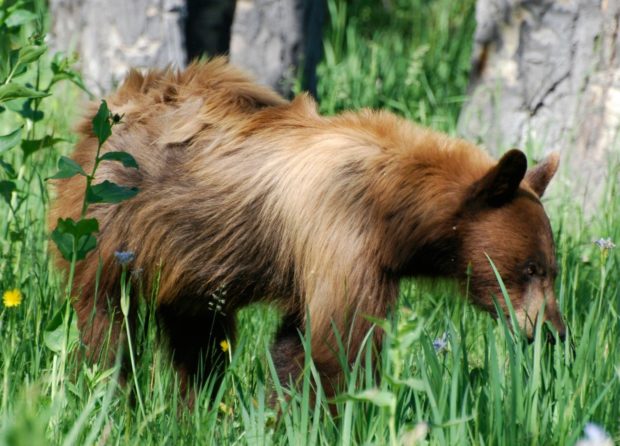
For almost a decade while working in Yosemite National Park, I served as one of the original members of the Keep Bears Wild Project, a comprehensive and educational initiative directed at park visitors to solve the escalating numbers of bear incidents in Yosemite. In 1998, a record breaking total of 1,590 human-bear incidents occurred, with bears breaking into 1,143 automobiles, causing $659,999 in property damage and “wreaking havoc in the back country.” For people, this usually meant a missed picnic or filling out some insurance forms. Problem bears, however, could face a death sentence.
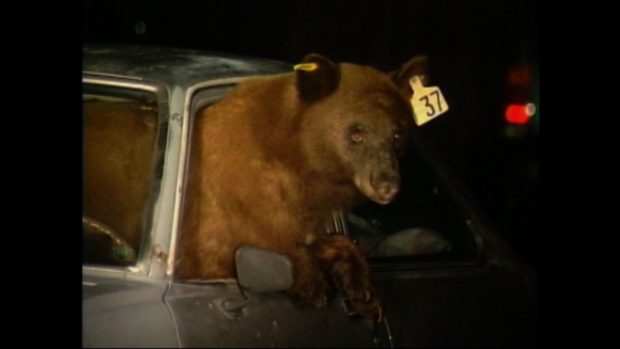
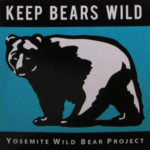 What motivated the bears marauding of dumpsters and cars? Food. And the source of the food? People. After the record year of incidents, park management shifted tactics and focused on educating people instead of penalizing bears. As Yosemite’s media spokesperson, Scott Gediman, who also served as a founding member of the campaign, told PR Week, “We aimed to shift responsibility for the situation to people by persuading visitors to act properly, rather than blaming the bears for simply being bears and doing what comes naturally to them.” And the strategy proved successful. Just a year after the campaign began, property damage decreased by 54%, from over $600,000 to $220,000. In recent years, incidents on average have decreased by 92%.
What motivated the bears marauding of dumpsters and cars? Food. And the source of the food? People. After the record year of incidents, park management shifted tactics and focused on educating people instead of penalizing bears. As Yosemite’s media spokesperson, Scott Gediman, who also served as a founding member of the campaign, told PR Week, “We aimed to shift responsibility for the situation to people by persuading visitors to act properly, rather than blaming the bears for simply being bears and doing what comes naturally to them.” And the strategy proved successful. Just a year after the campaign began, property damage decreased by 54%, from over $600,000 to $220,000. In recent years, incidents on average have decreased by 92%.
How did they do it? Using a newly allocated appropriation in 1999, the bear management team increased to four biologists, and added up to ten rangers at the height of the season to the bear patrol. A bear canister requirement for the backcountry was instituted, along with an affordable rental program ($5 a trip) to make them accessible. Keep Bears Wild brochures, flyers and posters got distributed all around the park, and bookstores and retail gift shops across the park offered a complete line of products: stuffed toy bears, bear t-shirts, bear pins, and a Wild Bear is a Beautiful Sight to See poster. As visitors checked in at the hotels, the front desk showed video footage of bears breaking into a car. Employees for the national park service received intense training. And the park also did outreach to the Yosemite gateway communities, asking for their cooperation and compliance as well.

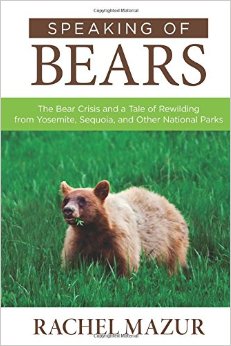 up with Rachel Mazur, whose new book, “Speaking of Bears: The Bear Crisis and a Tale of Rewilding from Yosemite, Sequoia, and Other National Parks,” was published this spring.
up with Rachel Mazur, whose new book, “Speaking of Bears: The Bear Crisis and a Tale of Rewilding from Yosemite, Sequoia, and Other National Parks,” was published this spring.
As she told me in an interview, she wanted to write this book to fill a gap in knowledge. “A lot of the history had never been written up—it was largely stored in people’s memories. Meanwhile, those people were retiring and growing older, and it wouldn’t be long before decades of experience would be lost. As so many places are dealing with human-bear conflict, I thought a full compilation of lessons learned from the Sierran parks would be a useful reference. I decided to start by recording oral histories of key people, and ended up interviewing over 100 people. I discovered each person knew something that others didn’t. I also discovered there were several inventions central to bear management in the Sierra, including the culvert trap, the food storage locker, the counter-balance, and the bear-resistant food canister.”
I found Rachel’s oral history invaluable for my research as it’s a searingly honest and forthright examination of bear management in the parks. At times it’s heartbreaking and tragic, yet this is ultimately a tale of atonement—how the National Park Service, concessions, local communities, and visitors all stepped up to right a conservation wrong and collectively acknowledge the real source of the problem with human-bear conflicts: ourselves. Rachel demonstrates that history really did teach us something—and can continue to—about keeping bears wild in our parks. As Yosemite’s newly appointed chief of wildlife, she, like the rest of us, can continue to put that lesson to use.
As I write in my upcoming book, “A wild bear is a beautiful sight to see. My wish for you is wherever you see a bear, in Yosemite or outside of Los Angeles, I don’t want it to be begging for food in campgrounds, fleeing from a damaged car with a loaf of bread in its mouth. I want it to be doing wild bear things, munching on a dandelion, scratching it’s back on the rough bark of tree, chasing a hapless butterfly, or rolling in the mud.” And as Rachel also details in her new book, the bear’s wildness largely depends on us.
When Mountain Lions Are Neighbors: Wildlife in Today’s California, written by NWF’s California Director, Beth Pratt, will be released early in 2016 by the award-winning publisher Heyday. The book celebrates the remarkable wildlife of the Golden State along with the people
caring for it—sometimes in their own backyards.To frame the larger issues at stake, Beth shares her own wildlife adventures, which include tracking mountain lions in the middle of Los Angeles, visiting the Facebook campus in Menlo Park to meet its family of gray foxes, watching a peregrine falcon from the mayor’s office in San Jose, and gazing at porpoises swimming under the Golden Gate Bridge. When published, the book will be the center of a statewide public education program.
Donors to the project will receive special recognition in the book and can sponsor a dedication or a chapter. Please contact Beth Pratt at prattb@nwf.org or visit the book’s website for more information.

